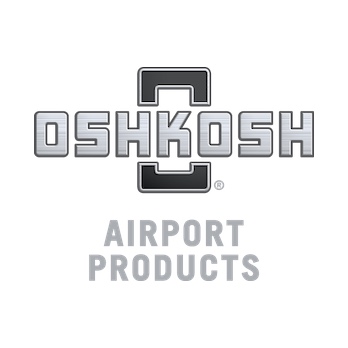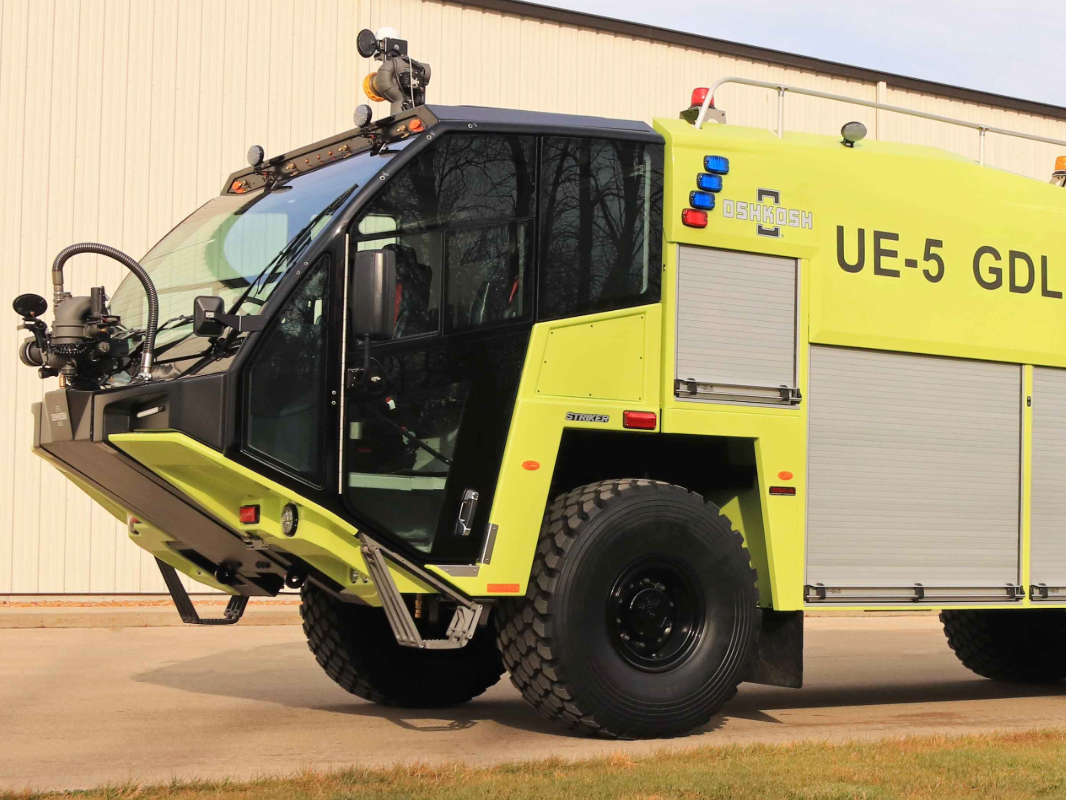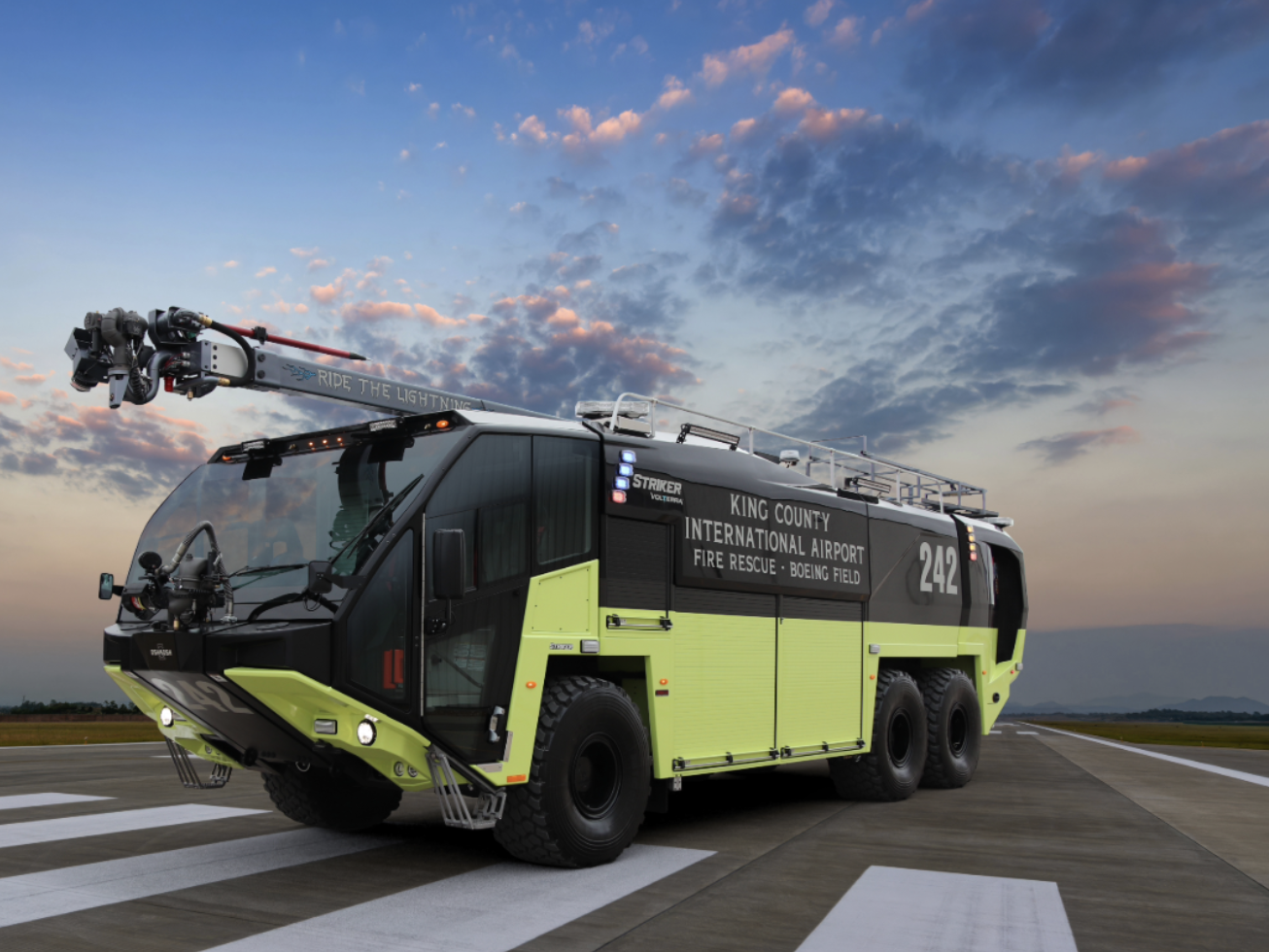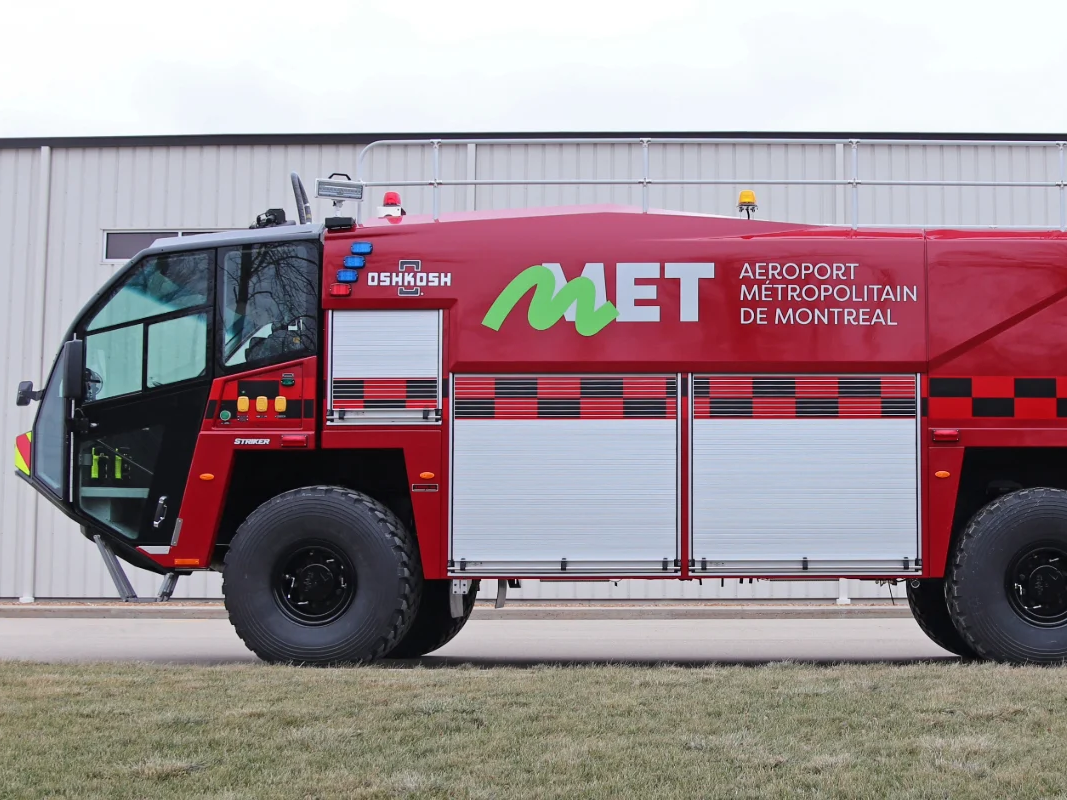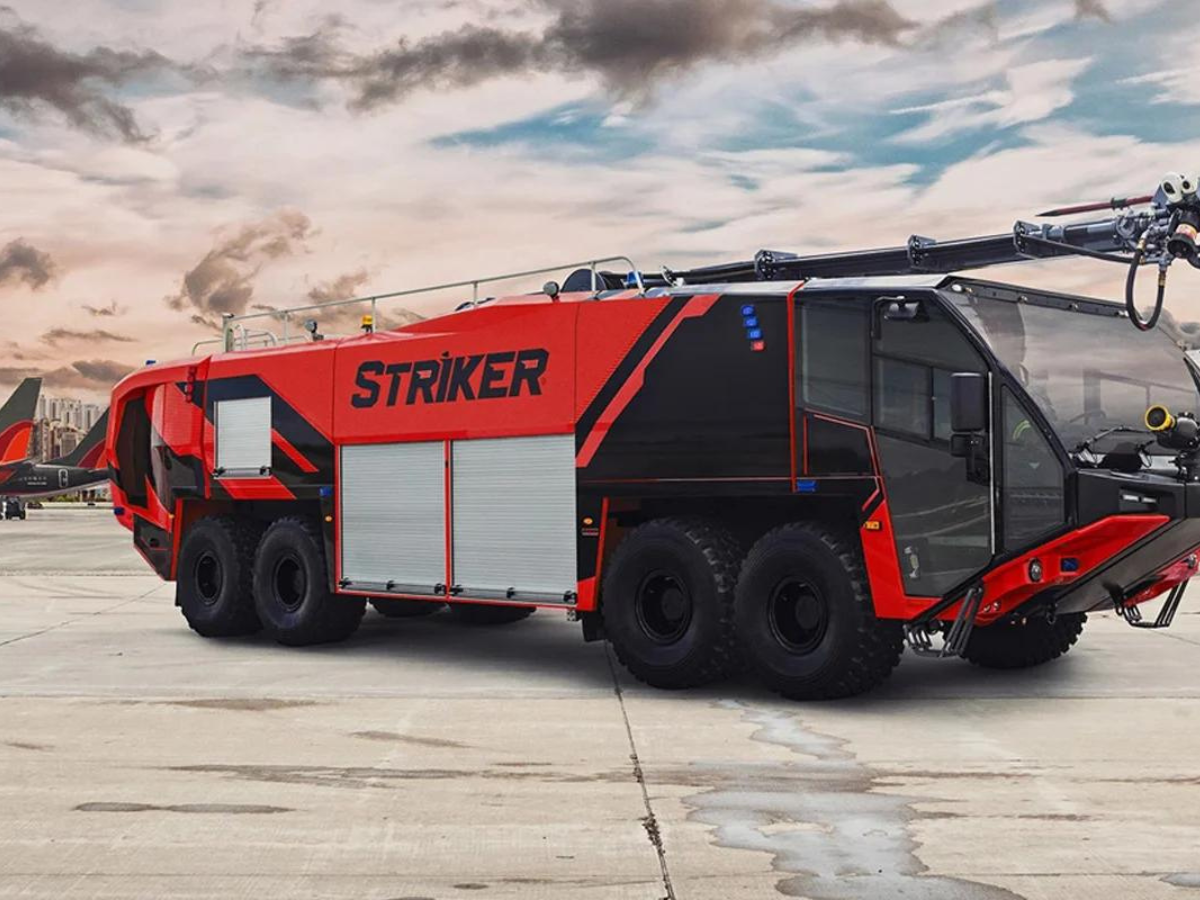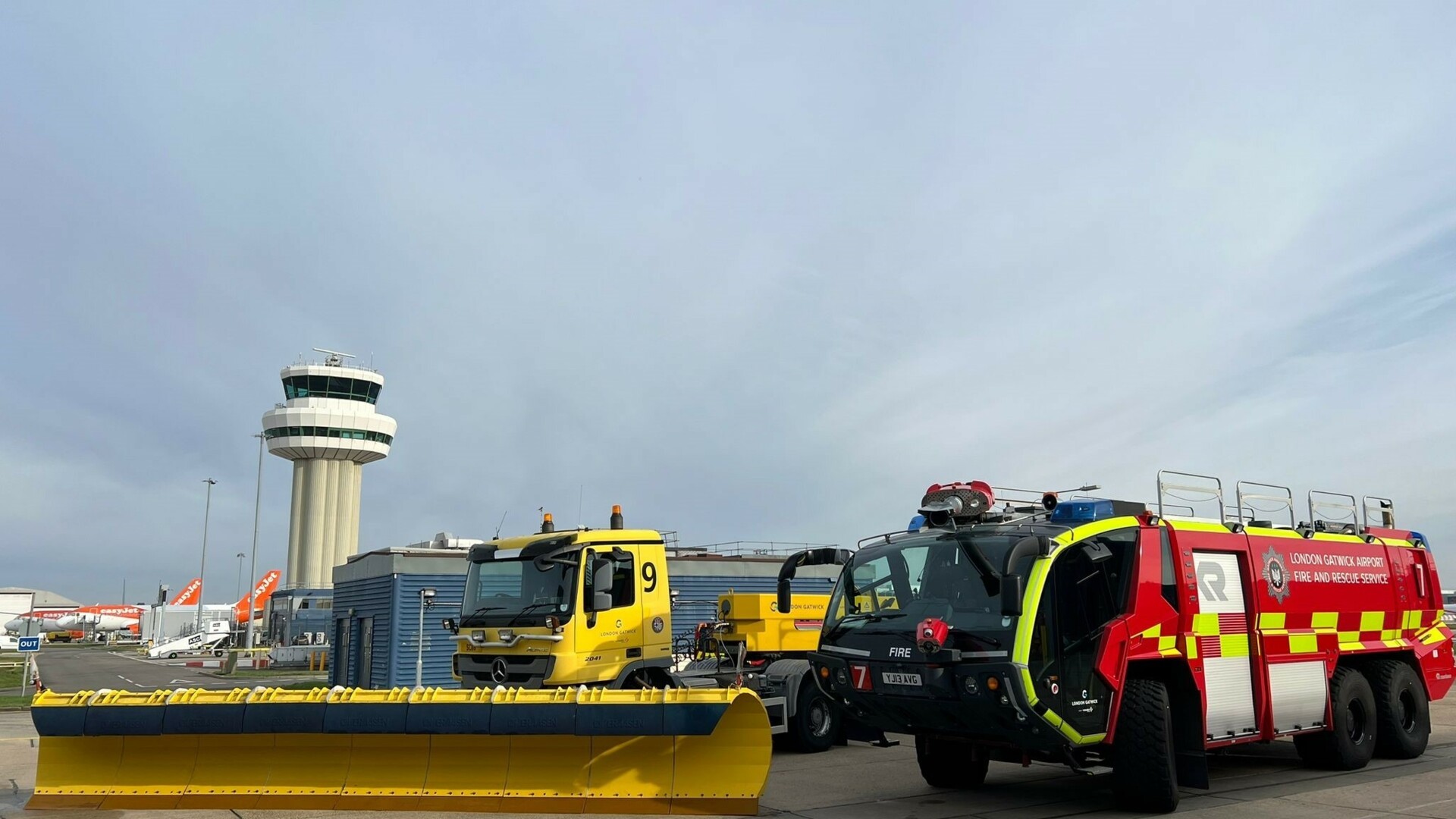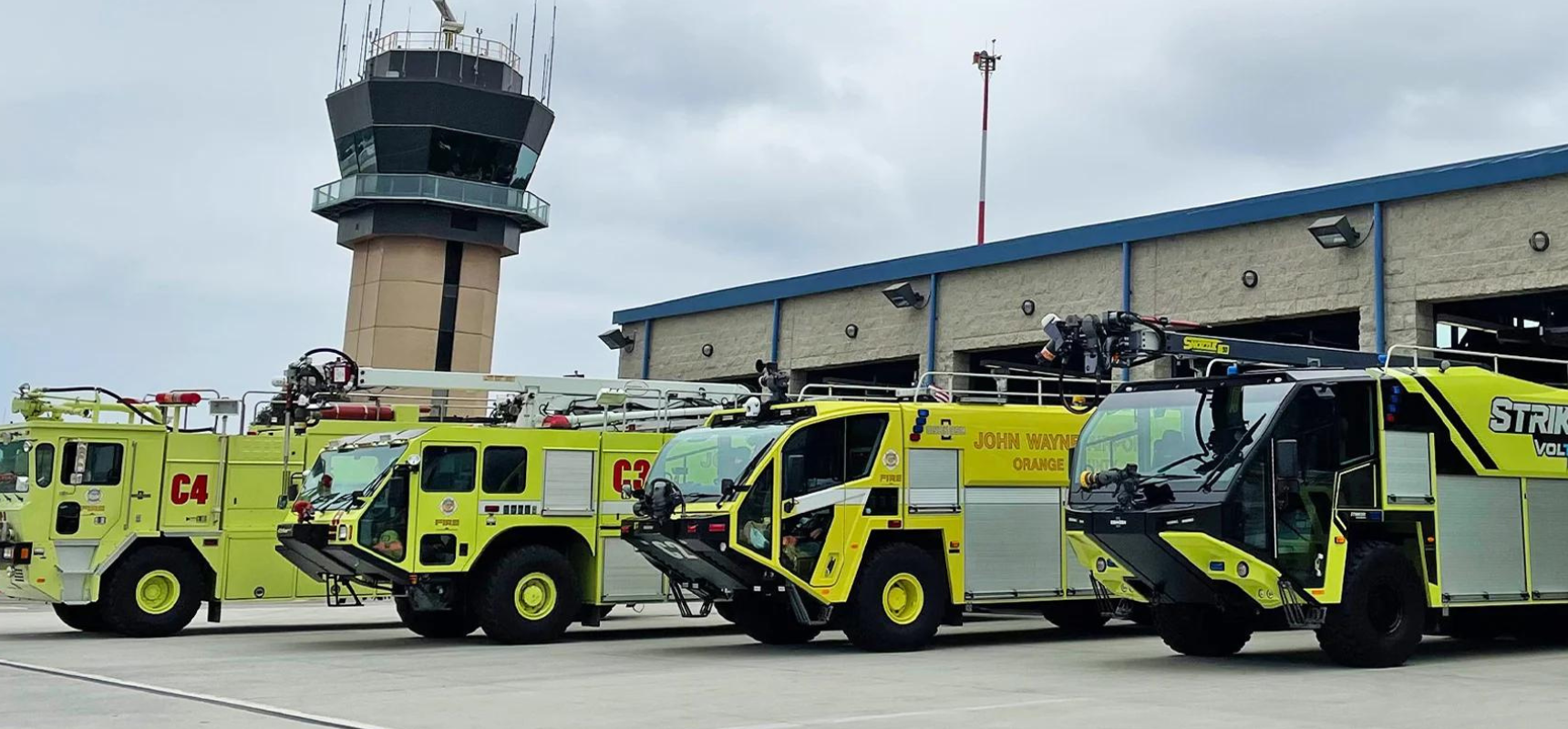Comparing the Striker® ARFF 4×4, 6×6, and 8×8: What Are the Key Differences and Similarities?
Striker® ARFF vehicles are vital assets in airport firefighting. With three different model sizes, every airport can find the perfect Striker ARFF for its operational needs. Below, we walk you through the differences and similarities between the Striker® ARFF 4×4, 6×6, and 8×8, helping you decide what size ARFF vehicle is best for your airport.
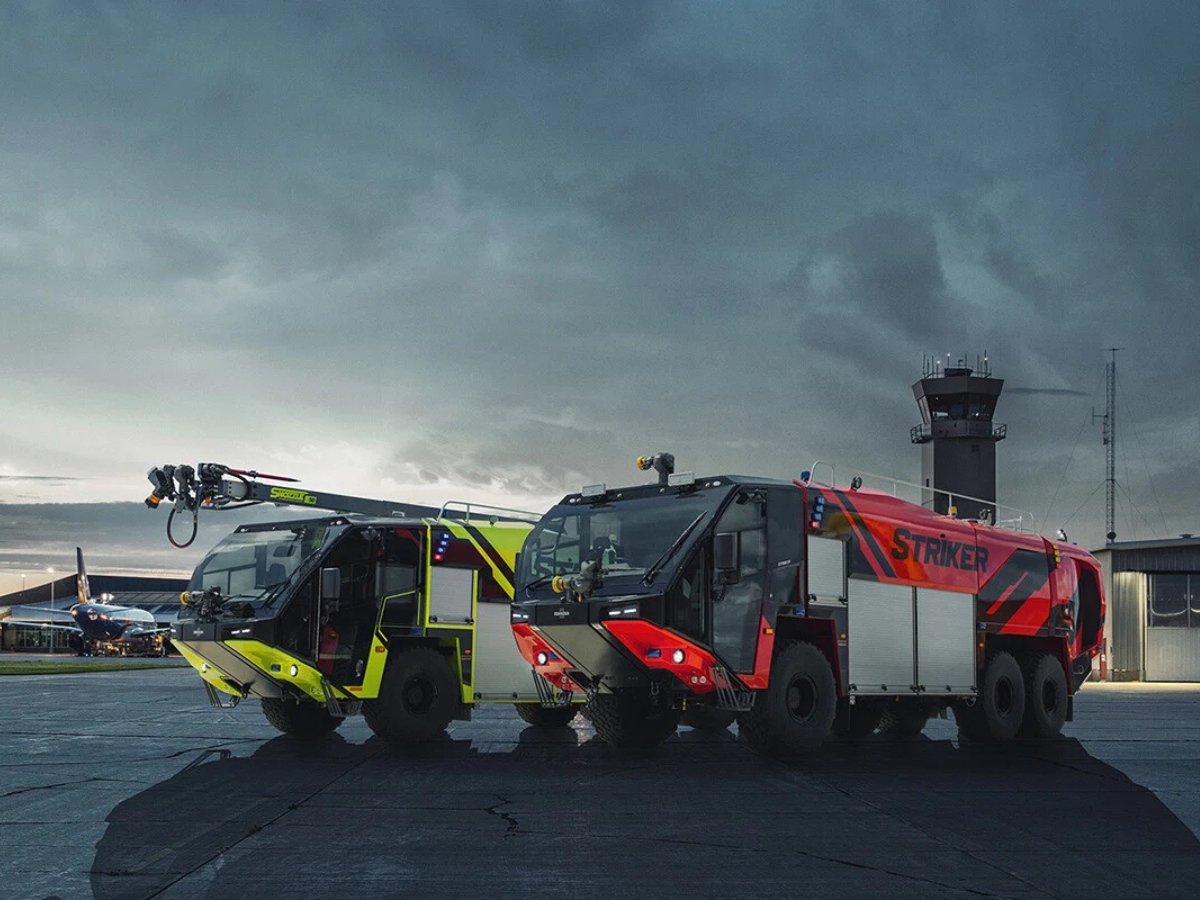
Differences Between the Striker® ARFF 4×4, 6×6, and 8×8
The size and wheel count are the most obvious differences between the Striker® ARFF 4×4, 6×6, and 8×8. However, there are a few additional differences between the three ARFF vehicle sizes, including water and foam capacity, turret flow rates and acceleration.
Water and Foam Capacity
The water and foam capacity will be one of the biggest factors to consider when deciding which ARFF vehicle size is best for your airport operations. The bigger the ARFF vehicle, the bigger the water tank. Therefore, a Striker ARFF 8×8 may be the best choice if you’re a large international airport because of its ability to hold and discharge more water.
The following is the water and foam capacity for all three Striker models:
- Striker 4×4: Holds 1,500 gallons of water/210 gallons of foam
- Striker 6×6: Holds 3,000 gallons of water/ 420 gallons of foam
- Striker 8×8: Holds 4,500 gallons of water/630 gallons of foam
Turret Flow Rates
The National Fire Protection Association (NFPA) requires ARFF vehicles to meet a two-minute full-rated discharge requirement, meaning all ARFF vehicles must be able to empty their water tanks in under two minutes. Because of this requirement, the turret flow rate must increase with each vehicle size because the bigger the water tank, the more water it will need to discharge in that two-minute time frame. Therefore, the Striker 8×8 has the highest turret flow rate, followed by the Striker 6×6 then the 4×4.
Acceleration
All three Striker ARFF vehicle sizes have superior acceleration performance that meets the NFPA 414 acceleration requirements to achieve regulatory response times. While one might assume that the smaller and lighter Striker 4×4 has the highest acceleration, it’s actually the Striker 8×8 that takes the lead. Thanks to its dual-engine configuration, the Striker clocks in at an acceleration of 0 to 50 mph in less than 20 seconds.
Did you know the fully loaded Striker Volterra 6×6 Electric ARFF can reach an impressive 0 to 50 mph in under 25 seconds? You don’t have to sacrifice acceleration speed to be environmentally friendly. Learn more here.
Similarities Between All Striker® ARFF Vehicle Sizes
While there are a few differences between the ARFF vehicle sizes, what makes the Striker ARFF stand out is the vast similarities across all models.
The Striker® ARFF vehicles—whether the 4×4, 6×6, or 8×8—all have the same aerodynamic body and center-drive cockpit. What’s more, all three models can be customized with the same features. Firefighters can rely on consistent performance and functionality regardless of the ARFF model.
Below, we examine three key similarities across the Striker 4×4, 6×6, and 8×8: uniform cab size, vehicle maneuverability, and nozzle integration.
Uniform Cab Size and Visibility
Despite differences in vehicle size, all three Striker ARFF models feature the same spacious cab design. Firefighters can expect consistency in cab space and control layout across all vehicle sizes.
The universal cab is engineered to prioritize visibility, featuring a 254° horizontal viewing plan and an available 360° camera on all three ARFF sizes. This design ensures panoramic views of the surroundings, enhancing situational awareness and safety for the crew. The cab is also designed with color-coded controls, making operations as user-friendly as possible.
Learn about the evolution of the Striker ARFF series in this blog post.
Maneuverability
Thanks to the innovative TAK-4® Independent Suspension system, maneuverability remains consistent across all Striker ARFF vehicle sizes. This patented suspension technology enables agile handling and superior stability, allowing firefighters to easily navigate challenging terrains and tight spaces, regardless of the vehicle’s dimensions.
Rear steering is also available on the Striker 6×6 and 8×8 models, which further increases maneuverability, tightens the vehicle’s turning radius, and helps manage tire wear and tear. So, no matter the airport terrain, the Striker 4×4, 6×6, and 8×8 can get your team to the emergency as fast as possible.
Customization and Snozzle® HRET Integration
All three Striker ARFF sizes can also be equipped with the same customizable features, such as the Oshkosh CARE™ (CARCINOGEN AWARENESS AND REDUCTION TO EXPOSURE) clean options, which protect firefighters from carcinogen exposure.
Another distinctive feature of the Striker ARFF series is the ability to integrate the Snozzle® High Reach Extendable Turret (HRET) onto all Striker ARFF sizes, including the compact 4×4 model. Unlike other ARFF 4×4 models where adding an HRET may compromise stability due to its top-heavy nature, the TAK-4 Independent Suspension system enables safe and effective integration, expanding the firefighting capabilities of the entire Striker ARFF lineup.
Check out the history of the Snozzle HRET and its most recent advancements here.
How To Choose the Best Striker® ARFF Vehicle Size for Your Airport
To choose the best ARFF vehicle size for your airport, you must first assess its airport index, as determined by the Federal Aviation Administration (FAA). The airport index considers runway size, passenger volume, and the types of aircrafts served. By understanding your airport’s index, you’ll better understand the operational demands you’ll face, including response times, turret extension capabilities and maneuverability requirements.
Your local Oshkosh Airport Products representative can also help you determine the most suitable Striker ARFF vehicle size for your airport. They can provide valuable insights based on industry standards, regulations and best practices, helping you make the best choice for your airport firefighting operations.
This article was originally published by Oshkosh.


